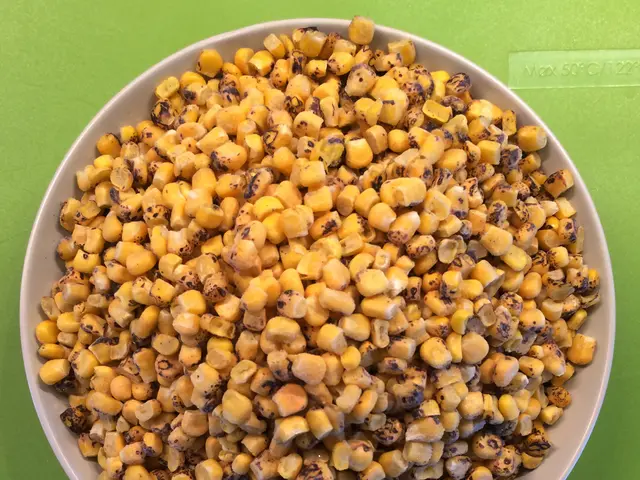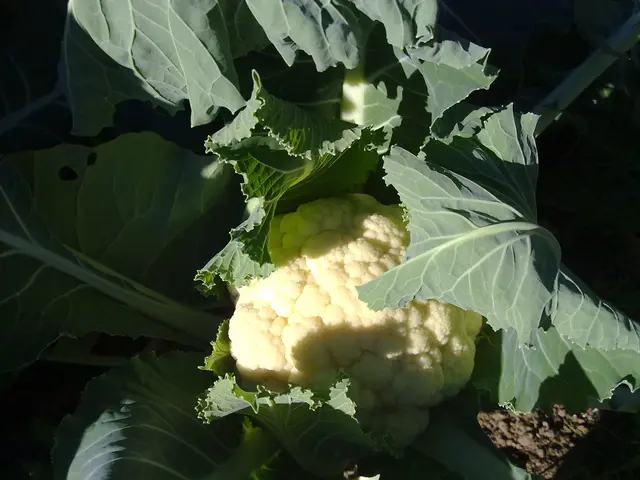Three Primary Classifications of Mushrooms: Consumable, Naturally Occurring, and Toxic
The Dichotomy of Mushrooms: Life-Saving and Life-Threatening
numerous mushroom varieties abound, each with distinct characteristics, growing environments, and roles in both ecosystems and human diets. The ability to distinguish the edible from the toxic is crucial, as it could mean the difference between a delightful meal and a dangerous mistake.
From the common button mushroom to the sought-after morel, mushrooms manifest in a myriad of shapes, sizes, and habitats. Some develop on decaying wood, while others thrive on the forest floor, and a few form relationships with trees.
Whether cultivated or foraged, mushrooms play significant roles in their respective environments and dining tables. Here, we delve into the world of these fascinating fungi, highlighting their edible delights and highlighting the perilous poisonous lookalikes.
Edible Delights: A Taste of Nutrition and Flavor
The majority of supermarket mushrooms belong to the Agaricus bisporus species, which encompasses button mushrooms, brown mushrooms (cremini), and portobello mushrooms. Relatively easy to cultivate on a large scale, these mushrooms are packed with nutrients. However, it's essential to note that not all edible mushrooms are rich sources of vitamin D, with their vitamin content primarily dependent on ultraviolet light exposure.
Besides Agaricus bisporus varieties, other edible mushrooms, such as shiitake and oyster mushrooms, are revered for their meaty texture and umami taste, with king oyster mushrooms and hen of the woods (maitake) being popular among mushroom enthusiasts for their distinct flavors and versatility in cooking.
Toxic Lookalikes: Navigating the Dangerous Terrain
The notorious death cap (Amanita phalloides) is responsible for most mushroom poisonings worldwide and can easily be mistaken for edible varieties. Poisonous fungi, like the false chanterelle and Jack-o'-lantern mushroom, can be deceptively similar to their edible counterparts, making careful identification essential for safe foraging.
Identifying mushrooms requires understanding various key features, including cap and gill colors, spore print colors, bruising reactions, and growing habits. For instance, the death cap mushroom grows under oak trees, has a cup-like membrane at the base of the stem, and pale yellow to olive-brown caps with white gills.
Moreover, it's essential to bear in mind that internal features, such as a mushroom's consistency and color, can offer valuable clues for identification.
General Safety Tips
To ensure safe mushroom foraging and consumption, follow these general safety guidelines:
- Consult trusted field guides, mushroom identification apps, or experts before consuming any wild mushrooms.
- Start with easily recognizable edible species, such as lion's mane mushrooms, which have a distinctive fluffy white appearance.
- Avoid mushrooms with white gills, a ring on the stem, or a bulbous base, as these characteristics could indicate deadly Amanitas.
By keeping these guidelines in mind, mushroom lovers can confidently navigate the wonderful world of these versatile and flavorful fungi, safely incorporating them into their meals.
- Mushrooms, such as shiitake and oyster mushrooms, are revered not only for their meaty texture and umami taste but also for their nutritional value, making them popular choices in health-and-wellness and fitness-and-exercise circles.
- Cooking with mushrooms offers a wealth of possibilities, from nutrition-packed dishes in the food-and-drink category to exotic recipes that showcase the lifestyle aspects of food and culinary arts.
- To avoid potential health risks, it is crucial to distinguish between edible and toxic mushrooms, especially when foraging, as the death cap (Amanita phalloides) and other poisonous varieties can be deceptively similar to edible species, leading to life-threatening consequences.
- In the realm of biology, mushrooms are fascinating organisms that play a significant role in both ecosystems and human diets, demonstrating that technology, in the form of mushroom identification apps and field guides, can help bridge the gap between scientific understanding and daily lifestyle choices.








